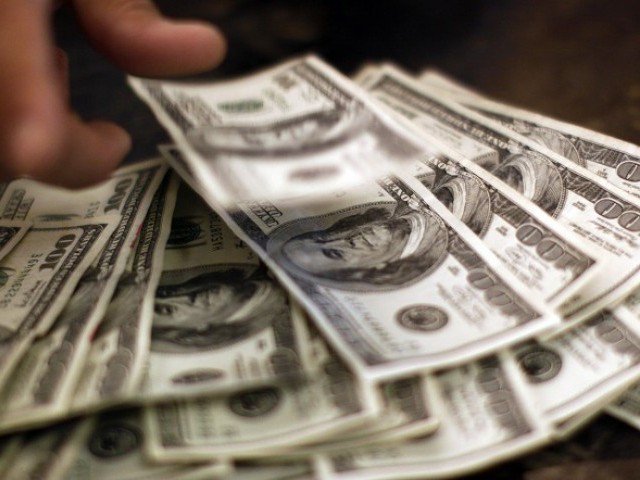The U.S. dollar strengthened against the yen and Swiss franc while remaining steady against the euro on Wednesday, as investors awaited the outcome of the Federal Reserve’s policy meeting and monitored ongoing tariff discussions.
U.S. Treasury prices also gained, supported by a strong auction of the 10-year note, signalling continued investor appetite for government debt despite uncertainty fueled by the U.S.-China trade conflict. The dollar had previously weakened following the announcement of new U.S. tariffs early last month but rebounded sharply on April 22 after Treasury Secretary Scott Bessent hinted at a possible easing of trade tensions.
Bessent and U.S. chief trade negotiator Jamieson Greer are scheduled to meet with China’s top economic official He Lifeng in Switzerland this weekend, in talks viewed as a potential step toward resolving the prolonged trade war that has weighed on global markets.
While the Federal Reserve is widely expected to keep interest rates unchanged in its upcoming decision, market participants are closely watching for signals about future monetary policy direction, particularly in light of the uncertainty surrounding the inflation impact of tariffs.
The dollar rose 0.6% to 143.28 yen, snapping a three-day losing streak, coinciding with the reopening of Japanese markets following a two-day holiday. Against the Swiss franc, the dollar gained 0.15% to reach 0.8233, recovering from Monday’s low of 0.8032, its weakest level since January 2015.
The Swiss National Bank indicated its readiness to intervene in currency markets and further lower interest rates if necessary to avoid undershooting its inflation target.
The euro held steady at $1.1366 after a 0.48% gain in the previous session. Political developments in Europe had minimal impact on currency markets, including the election of German conservative leader Friedrich Merz as chancellor after an initial setback and plans by France and Germany to establish a joint defense security council aimed at enhancing military investment.
In Asia, the Taiwan dollar’s record rally earlier in the week spilled over to regional peers like the Singapore dollar and South Korean won. The Taiwan currency has gained momentum since President Donald Trump’s early-April announcement of broad-based tariffs.
The South Korean won initially touched a six-month high on Wednesday but later retreated by 1.5%, while the Chinese yuan weakened following the announcement of a long-anticipated interest rate cut by Beijing.
Overall, currency markets showed signs of stabilization on Wednesday after sharp moves earlier in the week. Meanwhile, Bitcoin climbed 2.5% to 97,055, extending gains after reaching 97,913.35 last week, its highest level since February 21.























